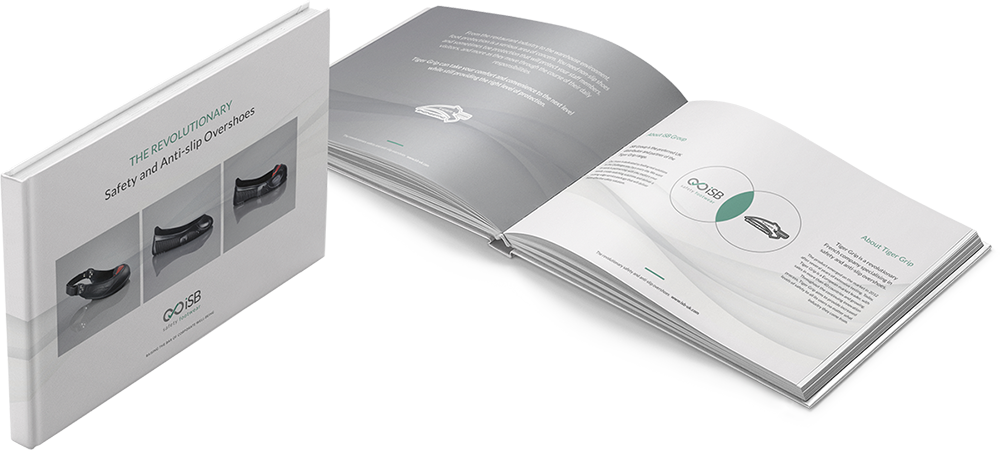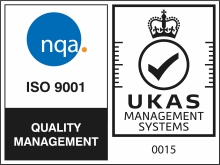
5 Safety Footwear FAQs answered
As safety workwear experts and specialist suppliers to the logistics industry, we are asked a wide variety of questions every day by our clients and prospective customers, who rely on our experience and expertise to keep their employees safe, happy and healthy at work.
For our latest blog, we sat down with iSB Group director Clive Grinnell and asked him for the answers to his top five most asked questions about safety footwear during a typical work week…
Safety footwear: five common FAQs answered
Q: How can I stop the inside of the heels of shoes wearing away so quickly?
Clive: “To begin with, make sure the shoes are the correct fit. If they’re too big, then the feet will move around inside the footwear, which can cause the lining to wear down quickly. Secondly, it might sound obvious, but make sure they are fastened securely. Laces should be tied rather than tucked in, and the overall fit of the shoe should be snug and supportive around the foot. Otherwise, you’ll get the same issue with the foot moving around and wearing down the lining.”
Q: The soles of our safety shoes keep splitting – is this normal?
Clive: “It might happen a lot more than it should but soles splitting on safety footwear is definitely not normal or acceptable. Soles that split or tread that separates from the sole unit indicate the use of low-quality materials and inferior manufacturing methods. When choosing safety footwear, turn it over and flex it as if you were wearing it to reach up high. The tread pattern should span the line of flex to add strength. If there are large areas where it doesn’t, this is a warning sign. Also, look out for bubbles in the tread. This can be a sign of a lower quality manufacturing process.”
Find out more: Read our blog on common problems with safety footwear and how to avoid them.
Q: The toecaps keep coming out of our warehouse workers’ shoes – why is this, and how can we stop it happening?
Clive: “Again, this may be down to low-quality materials and poor manufacturing processes. It could also be the result of improper use. For example, we’ve heard of warehouse operatives kicking the toe caps out of their safety shoes through kicking trolleys around when they should be pushing them. Where operational needs may genuinely shorten the life of footwear, it’s important to consider this before purchasing, and to look for design features to mitigate the impact, such as reinforced toes and scuff protection.”
Q: We invested in comfortable safety trainers for our team, so why after only a few weeks are employees complaining they are hard under foot?
Clive: “Unfortunately, this is a common trap that people fall into. They try on a pair of safety footwear, it feels comfortable, and so they believe it will always stay that way. Sadly, that isn’t necessarily the case. With good quality safety shoes, the bulk of the comfort and rebound that you experience when you walk around is built into the sole unit itself. This is the case with the dual-density soles we recommend for warehouse workers – they are made from a hardwearing material topped with a softer layer that provides comfort. Due to the way in which they are made, the comfort doesn’t change over time – they will be just as comfortable 18 months down the line as they are on day one. Unfortunately, it’s easy to be fooled into thinking a shoe is comfortable by a thick, cushioned insole included to cover up a low-grade sole unit. Although this feels comfortable at first, it will quickly compact with wear. We always recommend people take the insole out of any footwear they are trying and see how comfortable the shoes are to wear without it – this is a good indicator of long-term comfort.”
Q: How much budget should we allow for employees’ safety footwear?
Clive: “When budgeting for safety footwear, don’t focus on price-per-pair; this is a recipe for problems. Instead, look at whole-life costs and focus on purchasing good quality footwear that meets the demands of the worker’s job role and work environment. A lot of companies budget around £30 to £35 per pair of safety shoes or trainers, but end up spending at least double that during any 12-month period due to low durability of a poor quality product. Instead, look to invest between £40 to £60 per pair in high quality footwear from a reputable provider. The best will come with an 18-month warranty, making that 12-month spend more like £33 per employee.”
Thanks Clive, that’s been really informative! Now a question of our own…
Q: Which, in your opinion, is the best safety trainer for warehouse operatives?
Clive: “My go-to choice of safety trainer right now would be the Curtis Leisure Safety Shoe that we stock in our range. It is a great all-rounder that is really comfortable and durable as well as high performing. It also comes with an 18-month warranty, meaning that it should last at least that long – providing it is worn correctly and good care is taken of it of course!

















